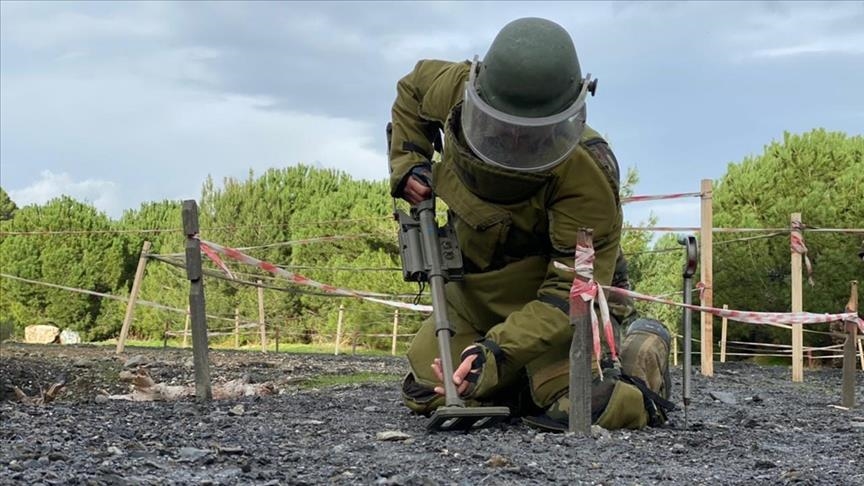Landmines and explosive remnants of war (ERW) pose a significant threat to communities worldwide EOD. These hidden dangers cause civilian casualties, hinder development, and prevent displaced populations from returning home. Mine action is a comprehensive approach that aims to eliminate these threats and create safe environments for people to rebuild their lives.
Understanding Mine Action
Mine action refers to all efforts to reduce the impact of landmines and ERW. It consists of five key pillars:
- Mine Clearance: The process of detecting, removing, and safely disposing of landmines and unexploded ordnance (UXO) to ensure areas are safe for use.
- Mine Risk Education (MRE): Providing communities with information on the dangers of landmines and ERW, teaching them how to recognize and avoid these threats.
- Victim Assistance: Offering medical care, rehabilitation, psychological support, and socio-economic reintegration for individuals affected by landmines.
- Stockpile Destruction: Eliminating stored landmines and explosives to prevent future use and reduce the risk of accidental explosions.
- Advocacy and Policy Development: Supporting national and international efforts to ban landmines and promote humanitarian disarmament through treaties such as the 1997 Mine Ban Treaty (Ottawa Treaty).
The Humanitarian Impact of Mine Action
Landmines disproportionately affect civilians, especially children. In post-conflict regions, they block access to farmland, schools, and healthcare services, perpetuating cycles of poverty. Mine action programs play a crucial role in restoring security and stability, allowing for economic development and the return of displaced communities.
Global Efforts and Challenges
International organizations like the United Nations Mine Action Service (UNMAS), the International Campaign to Ban Landmines (ICBL), and various NGOs work tirelessly to address the landmine problem. However, challenges remain, including:
- The vast number of contaminated areas worldwide.
- Limited funding for clearance and victim assistance programs.
- The continued use of landmines in some conflict zones.
Conclusion
Mine action is an essential humanitarian effort that saves lives and fosters development. By supporting demining activities, educating communities, and advocating for strong policies, we can work toward a world free of landmines. Governments, NGOs, and individuals must collaborate to ensure affected regions can recover and thrive, paving the way for peace and progress.





